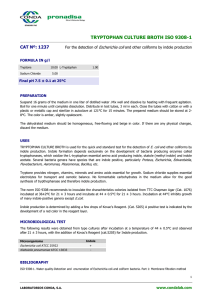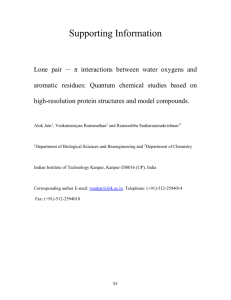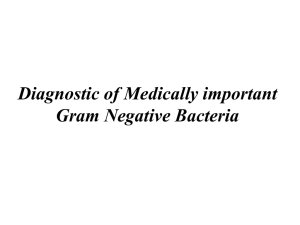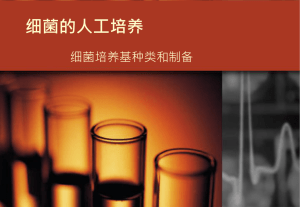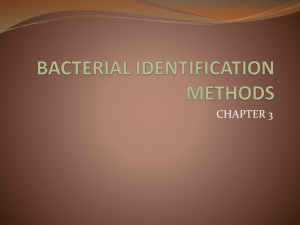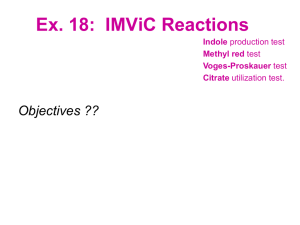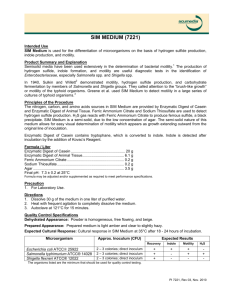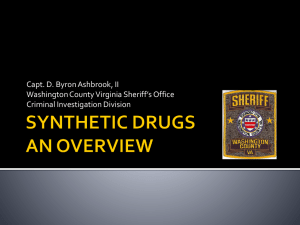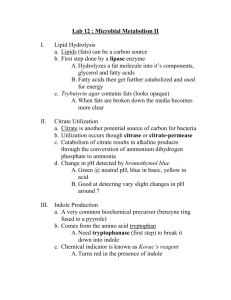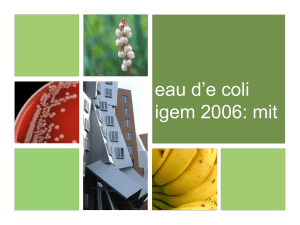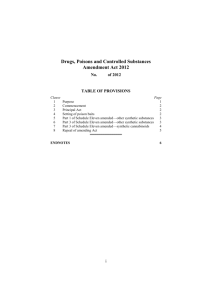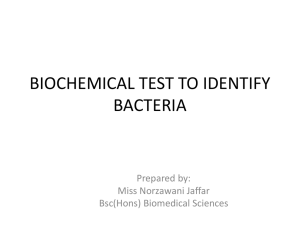Gabriela Wiosna
advertisement
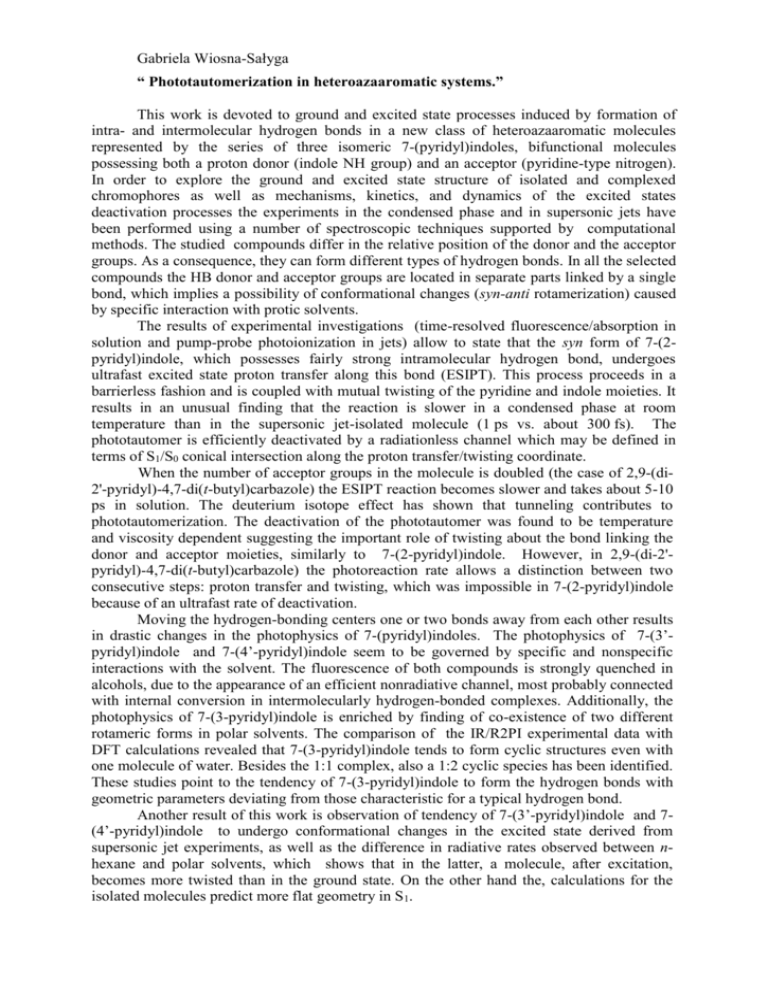
Gabriela Wiosna-Sałyga “ Phototautomerization in heteroazaaromatic systems.” This work is devoted to ground and excited state processes induced by formation of intra- and intermolecular hydrogen bonds in a new class of heteroazaaromatic molecules represented by the series of three isomeric 7-(pyridyl)indoles, bifunctional molecules possessing both a proton donor (indole NH group) and an acceptor (pyridine-type nitrogen). In order to explore the ground and excited state structure of isolated and complexed chromophores as well as mechanisms, kinetics, and dynamics of the excited states deactivation processes the experiments in the condensed phase and in supersonic jets have been performed using a number of spectroscopic techniques supported by computational methods. The studied compounds differ in the relative position of the donor and the acceptor groups. As a consequence, they can form different types of hydrogen bonds. In all the selected compounds the HB donor and acceptor groups are located in separate parts linked by a single bond, which implies a possibility of conformational changes (syn-anti rotamerization) caused by specific interaction with protic solvents. The results of experimental investigations (time-resolved fluorescence/absorption in solution and pump-probe photoionization in jets) allow to state that the syn form of 7-(2pyridyl)indole, which possesses fairly strong intramolecular hydrogen bond, undergoes ultrafast excited state proton transfer along this bond (ESIPT). This process proceeds in a barrierless fashion and is coupled with mutual twisting of the pyridine and indole moieties. It results in an unusual finding that the reaction is slower in a condensed phase at room temperature than in the supersonic jet-isolated molecule (1 ps vs. about 300 fs). The phototautomer is efficiently deactivated by a radiationless channel which may be defined in terms of S1/S0 conical intersection along the proton transfer/twisting coordinate. When the number of acceptor groups in the molecule is doubled (the case of 2,9-(di2'-pyridyl)-4,7-di(t-butyl)carbazole) the ESIPT reaction becomes slower and takes about 5-10 ps in solution. The deuterium isotope effect has shown that tunneling contributes to phototautomerization. The deactivation of the phototautomer was found to be temperature and viscosity dependent suggesting the important role of twisting about the bond linking the donor and acceptor moieties, similarly to 7-(2-pyridyl)indole. However, in 2,9-(di-2'pyridyl)-4,7-di(t-butyl)carbazole) the photoreaction rate allows a distinction between two consecutive steps: proton transfer and twisting, which was impossible in 7-(2-pyridyl)indole because of an ultrafast rate of deactivation. Moving the hydrogen-bonding centers one or two bonds away from each other results in drastic changes in the photophysics of 7-(pyridyl)indoles. The photophysics of 7-(3’pyridyl)indole and 7-(4’-pyridyl)indole seem to be governed by specific and nonspecific interactions with the solvent. The fluorescence of both compounds is strongly quenched in alcohols, due to the appearance of an efficient nonradiative channel, most probably connected with internal conversion in intermolecularly hydrogen-bonded complexes. Additionally, the photophysics of 7-(3-pyridyl)indole is enriched by finding of co-existence of two different rotameric forms in polar solvents. The comparison of the IR/R2PI experimental data with DFT calculations revealed that 7-(3-pyridyl)indole tends to form cyclic structures even with one molecule of water. Besides the 1:1 complex, also a 1:2 cyclic species has been identified. These studies point to the tendency of 7-(3-pyridyl)indole to form the hydrogen bonds with geometric parameters deviating from those characteristic for a typical hydrogen bond. Another result of this work is observation of tendency of 7-(3’-pyridyl)indole and 7(4’-pyridyl)indole to undergo conformational changes in the excited state derived from supersonic jet experiments, as well as the difference in radiative rates observed between nhexane and polar solvents, which shows that in the latter, a molecule, after excitation, becomes more twisted than in the ground state. On the other hand the, calculations for the isolated molecules predict more flat geometry in S1.
